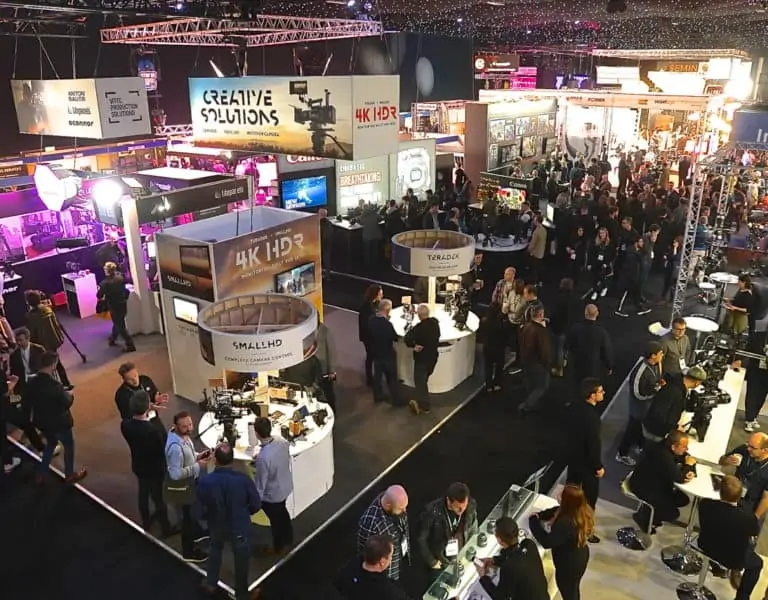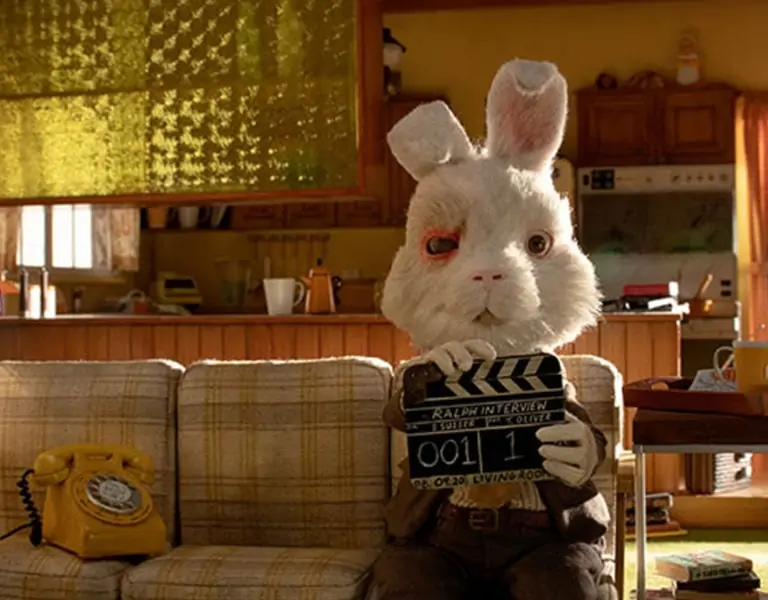THE JOY OF THE EXPERIENCE
Oliver Stapleton BSC believes the cinematographer’s role is to be the first eyes of an audience. Looking back at his career, he discusses early influences, key collaborators and teachers, and a fascination with every part of the filmmaking process.
The first time Oliver Stapleton BSC met Robert Altman the great director greeted him with a handshake and a large joint. “Welcome to my movie!” Altman said, inviting the jet-lagged British cinematographer into his LA hotel room at 4am where the crew were partying during pre-production for Kansas City, 1996 – a period drama set in the Jazz Age.
“I thought, if I don’t smoke it, I’m going to be seen as a party pooper but if I do, I’m going to be out of my mind,” Stapleton says. “I said yes. I told him the next day it would be the last Altman joint I’d smoke.”
Altman, he says, was a maverick who taught him a lot about the art of directing. “The thing I really learned was how to orchestrate a crowd of people to be like a crowd. When actors spoke, everything was for real on his set. There was never any isolated sound. Also, the way he treated extras by giving them stories to tell each other to inhabit the scene was remarkable.”
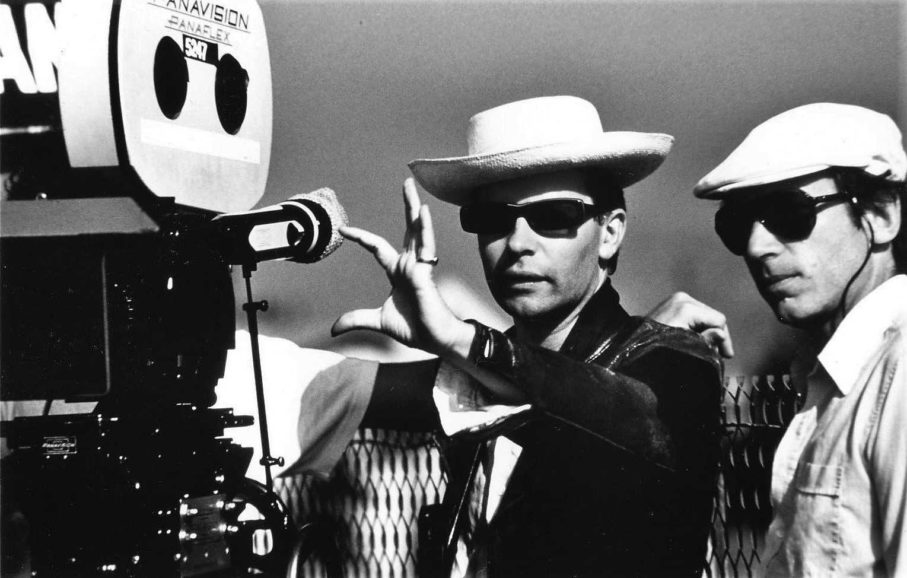
Now 73, the director of photography can look back on a storied career during which he has worked with artists as diverse as David Bowie, John Travolta, Daniel Day Lewis, David Hare, Guillermo Del Toro, Meryl Streep, and Chuck Berry.
Perhaps best known for his seven films with Stephen Frears, Stapleton has also worked multiple times with directors Lasse Hallström, Julien Temple, and Michael Hoffman, and cut his teeth shooting pop videos for the likes of Rolling Stones, The Human League, Depeche Mode, and A-ha including the band’s 1984 hit ‘Take On Me’ which has been viewed 1.4 billion times on YouTube.
“I won an MTV Award for that which is hilarious given that it is 90 per cent animation. But that is how the world worked. The right person wins an award but not necessarily for the right reason.”
Until he was in his twenties, Stapleton didn’t have a TV. His family didn’t own one and at university in Cape Town in the late sixties, television had not been introduced in order to prop up apartheid. His globe-trotting RAF father, though, periodically projected Disney cartoon shorts and home movies shot by his mother on Kodak 8mm, which Stapleton now realises was his window to the wonder of cinema.

“She was a damn good camera operator with an amazing sense for holding a shot and panning slowly. It fired up a sense of photography in me. My parents gave me a camera for my eleventh birthday, and I learned to develop film in the school dark room.”
The absence of TV meant visits to the cinema, particularly seeing 2001: A Space Odyssey and Lawrence of Arabia were “earth shattering events. I’d sit there after everyone had left, stunned.”
He graduated university with a degree in psychology and philosophy after enrolling to be an actor but abandoned the idea after a year. “I’d been an OK teen actor, but it dawned on me that I wasn’t very good. Luckily I realised that while still young.”
After a quick winter visit to London, he returned to Cape Town and started up a photography business. Jobs included shooting production stills for black-and-white movies in the Afrikaans language. It was his first time on a film set.

“That was when the penny dropped. I was fascinated by directing, editing, the whole lot.” However, the political situation in apartheid South Africa 1974 was making Stapleton increasingly uncomfortable. Equally, he was “embarrassed to be a white Englishman” repelled by knowledge of Britain’s colonial legacy and the class divide he found in the UK. Resolving to try his luck in Canada, he boarded a boat stopping at Southampton to change ships.
“When it docked, a friend had applied to the National Film School and invited me to join him on a quick trip to Beaconsfield. That’s serendipity. My eyes popped 10ft from my head. I loved the place.”
Stapleton devoted the next six months to prepping an entrance piece and got in. “It completely changed my life.”
Under founding director Colin Young, the NFS was multidisciplinary. More committed to becoming a director than cinematographer, Stapleton shot, edited, and sound recorded multiple student projects. He saved his own project for the final year. Shadowplay, a 70-minute drama about South African immigrants struggling with life in London, took him a year to cut and was entered for the 1980 London Film Festival.
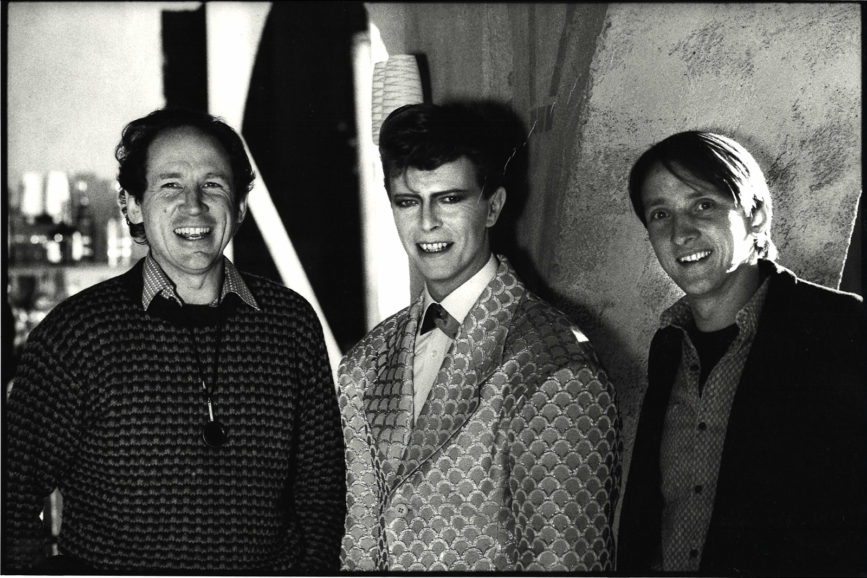
Oliver Stapleton (left) with David Bowie during shooting Jazzin’ for Blue Jean
“I probably learned more about myself and filmmaking than anything before or since. It had all my quirks and interests. In the true spirit of the time, I felt it was an investigation of film itself.”
However, at a special screening, the reaction of one TV exec [now in the house of Lords] was catastrophic. “He was a left-wing radical who lost his temper and ranted why anybody would make a film like mine, combining apartheid with artistic ideas about photography. Basically, Shadowplay wasn’t a polemic against apartheid and right there in 10 seconds he destroyed my directing career. I spent the next year trying to direct but I was shaken. My heart wasn’t in it.”
Film school colleagues Julien Temple and Sandy Johnston came to the rescue. He shot promos interspersed with features for Temple including Absolute Beginners (1986), a ‘50s set musical starring Patsy Kensit and featuring Bowie with a £5 million budget panned by critics. Goldcrest Films took a £2m loss on the film.

“It was over-hyped, and people were disappointed, but critics overlooked its politics of social equality which suddenly look very modern and topical. It’s quirky and fun and I think overdue for reappraisal.”
Although Temple went on to make the genre cocktail Earth Girls Are Easy (1988) with Stapleton in Hollywood, “the backlash from the old school British establishment was awful to Julien. He is a wonderful and creative man and if the film industry had nurtured rather than trashed him, he’d probably be on the same level as Scorsese today.”
Promos for Temple and Steve Barron (including another MTV win for A-ha’s ‘The Sun Always Shines on TV’ and for Northern Irish punk band The Undertones) taught Stapleton to think quickly and to improvise with lighting, he says.
“I wasn’t wedded to a conventional way of filming and was happy to use anything that would work or that would offer an extreme visual.”
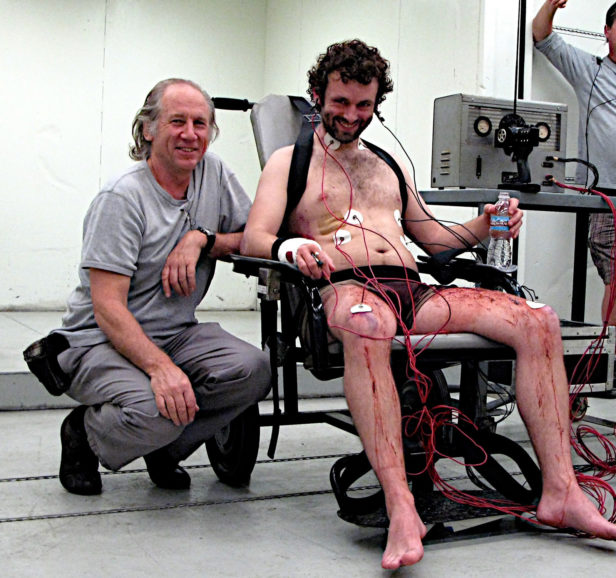
Short films directed by Johnson for alternative comedians The Comic Strip led to Stapleton’s first connection with Stephen Frears on Consuela.
“He was already an established film director, and I was nervous. On day one we had a shot of a van coming around a corner. I lay on the ground with a viewfinder and wide lens and must have been raving about how great the shot looked when Frears said, in his very British way, ‘what are you doing down there, dear boy? You must understand it’s not about great shots, it’s about telling the story.’
“That was my epiphany about narrative filmmaking. It was the start of a transition away from wide angles and extravagant cinematography and lighting to a quieter style that adapts to the story. I invested the rest of my life to being that kind of cinematographer. I might have overplayed my hand since I am unnoticed in many ways!”
Indeed, Stapleton appears to have flown below the nominations radar on too many occasions even while films like The Cider House Rules, Restoration, and The Grifters were acclaimed. “People say they don’t care about awards – but they are hard to ignore.”

With Frears, Stapleton went on to make iconic British dramas My Beautiful Laundrette (1985), Prick Up Your Ears; Sammy and Rosie Get Laid (both 1987), The Van (1995) and western The Hi-Lo Country (1998). “I was lucky to work with him at that rich part of his career. Both as my director and my teacher, he is remarkable.”
He observes that a cinematographer might have 30-40% of their films perform badly at the box office but, unlike a director, they can immediately bounce back.
“Both Absolute Beginners and My Beautiful Laundrette were made in the same year. When people saw this very low budget TV film and a high budget extravagant musical in the same year my phone started ringing with calls from America.”
Taylor Hackford invited the DP to LA to make the concert documentary Hail! Hail! Rock ‘n’ Roll celebrating Chuck Berry’s 60th and featuring Keith Richards. Collaborations with directors Susan Seidelman (She-Devil, 1989); David Mamet (State and Main, 1999) and Gregor Jordan (Buffalo Soldiers, 2000, Ned Kelly, 2002) followed. The Cider House Rules (1999) marked his first collaboration with Hallström (also including The Shipping News, 2001 and Casanova in 2005 starring Heath Ledger). With Hoffman he made two-time Academy Award-winning epic, Restoration (1994) and romantic comedy One Fine Day (1996) starring George Clooney. Del Toro hired him to shoot 2010 horror Don’t Be Afraid of the Dark.
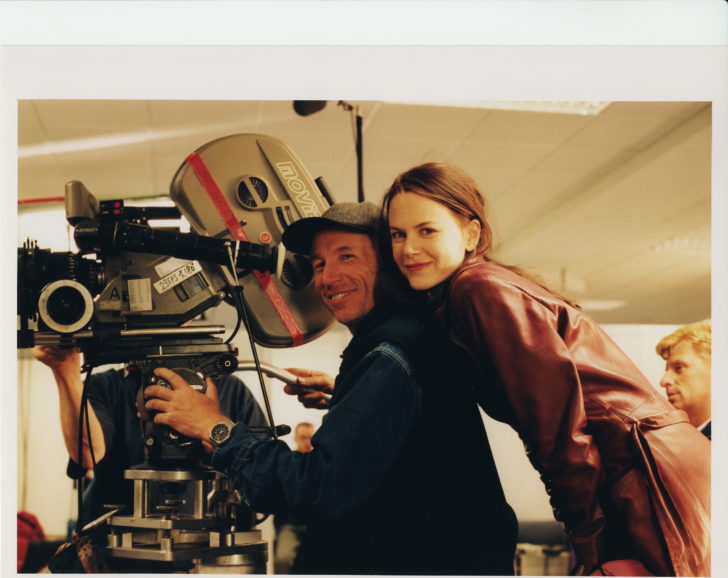
Of his 75-film canon, Stapleton believes probably half a dozen are actually good – which, if we’re being honest, is still a ratio to envy. It is two with Frears that he holds most dear.
“Laundrette has stood the test of time. I am proud of it for expressing a very important issue way ahead of its time and its photography is very bold with a rare freedom of colour. I feel that this film will exist in the lexicon of cinema for many years.
“As a genre film The Grifters (1990) doesn’t get a note wrong. It’s got great source material [Jim Thompson novel] great soundtrack, fabulous editing by Mick Audsley, charismatic performances from Annette Bening and John Cusack and the production design of Dennis Gassner whom Stephen credits with teaching him about colour. It was an incredible shoot.”
One of his last credits was for Hoffman’s film about Gore Vidal shot in 2018 but shelved following the outcry of actor Kevin Spacey.
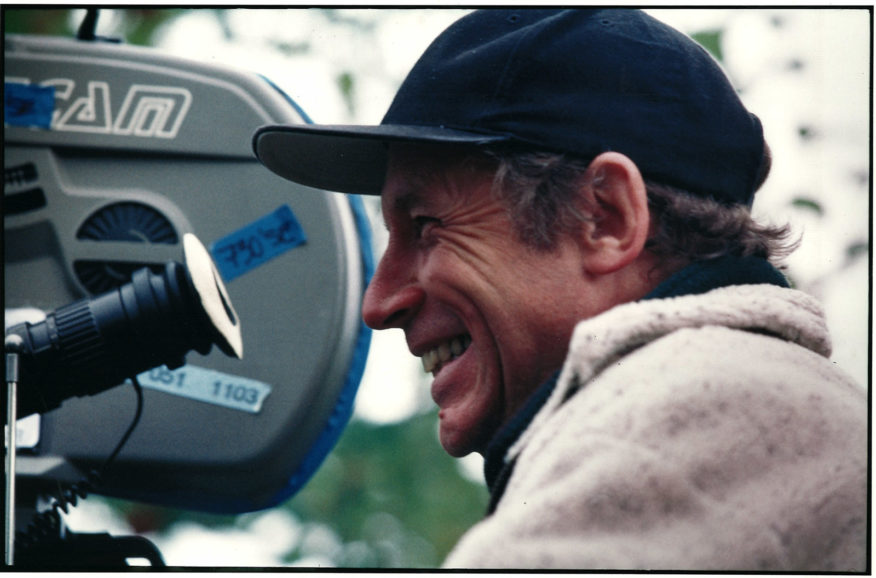
“Humans have potential to be savage and nasty but what protects us is the law, not rumour and innuendo, otherwise we’re nothing but a village mob. Nobody has seen Gore because of cancel culture and maybe never will and that’s wrong because it impacts the lives of hundreds of people who worked on that film.”
Stapleton continues to impart all of his passion and knowledge to students as co-head of Cinematography at the NFTS.
“On one level I’m quite a dispassionate person who can control his emotions on set but on another I simply love cinema. I still just watch movies purely for entertainment without much thought to their craft and just for the joy of the experience.
“I think the cinematographer’s role is to be the first eyes of an audience. A director will go over a scene a million times in their head. I want to watch it for the first time. There’s an innocence to that process where you can stand aside and not get lost in the detail and intuitively see if the image in front of you is telling the story.”


